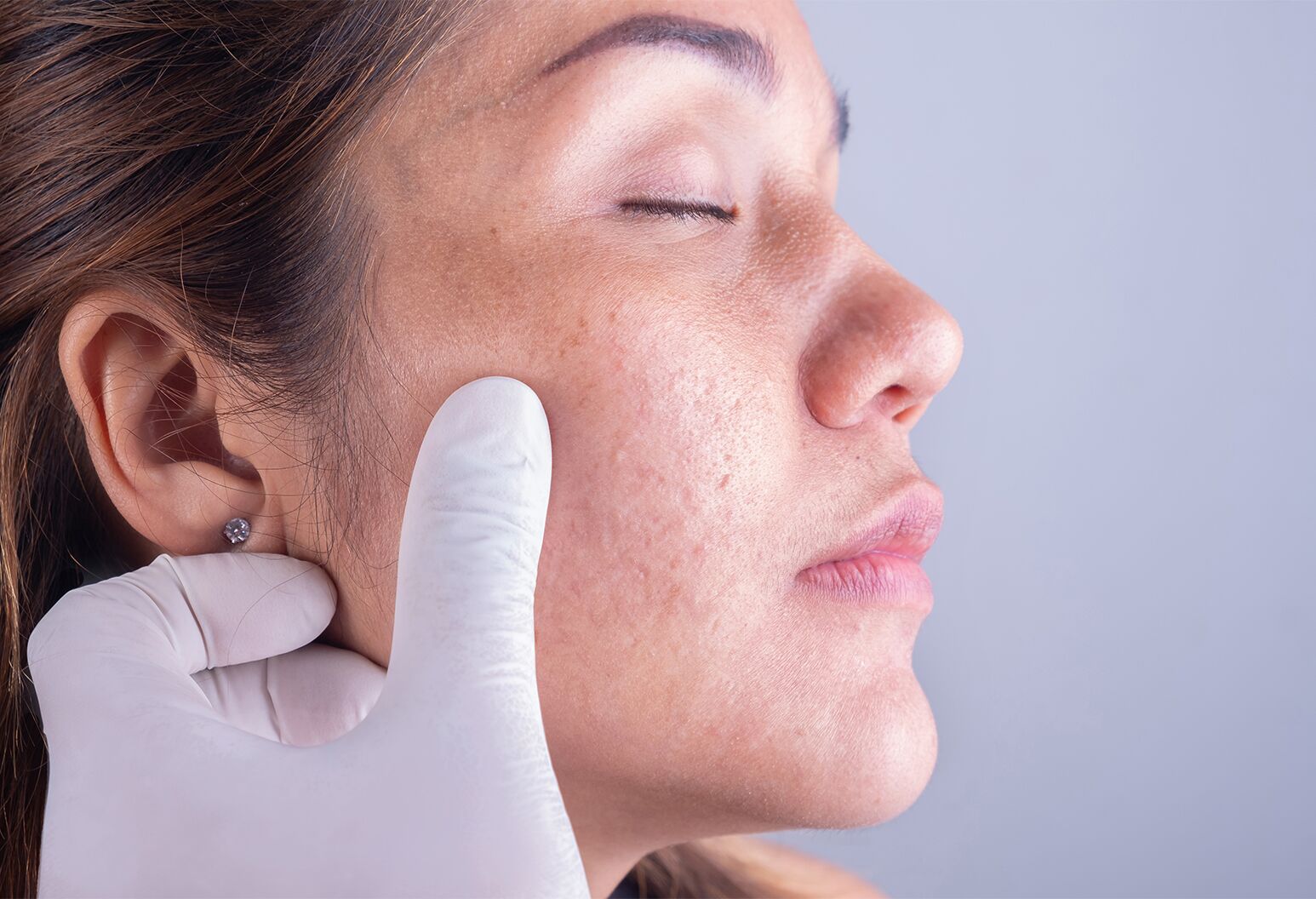Recognizing the Role of Mohs Surgery in Treating Skin Cancer Cells: A Comprehensive Guide to Dermatology
As skin cancer cells remains to be a prevalent health and wellness problem globally, innovative treatment approaches like Mohs surgical treatment are gaining prominence in dermatology - chemical peel. This surgical method's accuracy and high remedy prices make it a standout in dealing with details kinds of skin cancer cells, specifically basic cell and squamous cell carcinomas. The complying with discussion will give a comprehensive understanding of Mohs surgical treatment, its procedure, and the role it plays in skin cancer therapy, welcoming the viewers to explore its benefits and post-operative care
What Is Skin Cancer Cells: Kinds and Frequency

Unveiling Mohs Surgical Procedure: A Detailed Review
Given the worrying rise in skin cancer cells cases, especially cancer malignancy, the clinical community has created various techniques to battle this condition. This surgical strategy is developed to remove skin cancer layer by layer, analyzing each layer for cancer cells till just cancer-free cells stays. Mohs surgical procedure is particularly efficient for dealing with basal cell cancer and squamous cell carcinoma, the most typical forms of skin cancer cells.

The Procedure of Mohs Surgical Treatment: Step-by-Step Malfunction
Undeniably, comprehending the procedure of Mohs surgery can aid debunk this powerful tool in the battle versus skin cancer. The procedure begins with the removal of noticeable malignant tissue. The surgeon then removes a slim layer of added cells and examines it under a microscope. This step differentiates Mohs surgery from traditional approaches, as it permits for prompt and detailed examination of the extracted tissue. If cancer cells are discovered, the surgeon gets rid of another layer from the very same area and repeats the exam. This cycle proceeds up until say goodbye to cancer cells are located, guaranteeing the full click for source removal of the condition while protecting as much healthy and balanced skin as possible. The wound is then shut and the client starts the healing process.
Benefits of Mohs Surgical Procedure Over Standard Methods
Regardless of the intrusive nature of the procedure, the advantages of Mohs surgery over traditional approaches are many and considerable. Primary amongst these is its exceptional accuracy. The Mohs strategy permits for the removal of cancerous cells layer by layer, guaranteeing very little damage to healthy tissue. This thorough method translates right into greater remedy rates, especially for persisting or aggressive kinds of skin cancer cells. In addition, Mohs surgical procedure reduces the danger of significant scarring, an important factor to consider offered the usually noticeable location of skin cancers cells. Lastly, it offers the advantage of instant verification of full cancer cells elimination, decreasing client anxiety. While even more complex, Mohs surgical treatment is often a much more effective and patient-friendly approach to dealing with skin cancer than standard methods.

Post-Operative Care and Healing in Mohs Surgical Treatment
Post-surgery, the wound might be left open to heal normally, sewed up straight, or covered using skin from another location of the client's body. The have a peek here selection depends on the size and area of the gotten rid of skin cancer. Routine follow-up appointments ensure optimum recovery and capture possible indicators of cancer reappearance early.
Final thought
Mohs surgical treatment is a very exact and reliable technique for dealing with skin cancer cells, specifically basal cell and squamous cell cancers. With its special layer-by-layer elimination procedure and immediate tiny evaluation, it ensures complete cancer eradication while sparing healthy and balanced skin. This makes it particularly valuable for dealing with cancers in cosmetically delicate areas. Post-operation care go to the website and recovery are also workable, more solidifying Mohs surgery's role as an ingenious technique in dermatological cancer therapy.